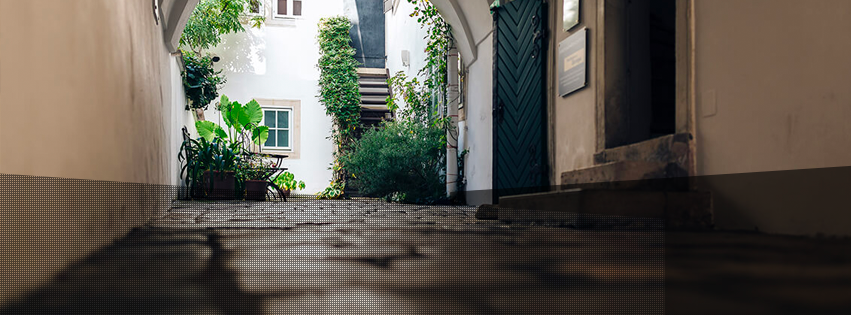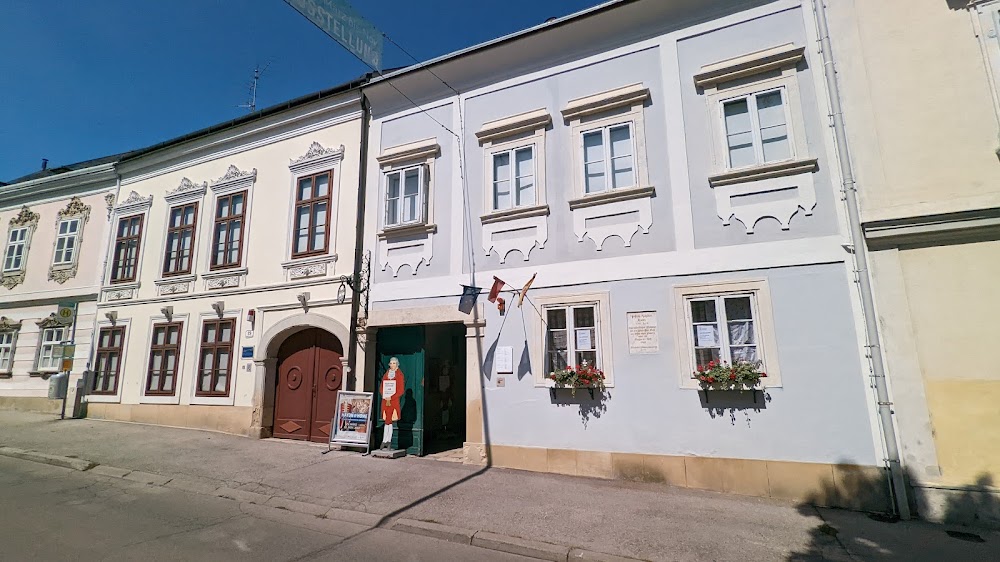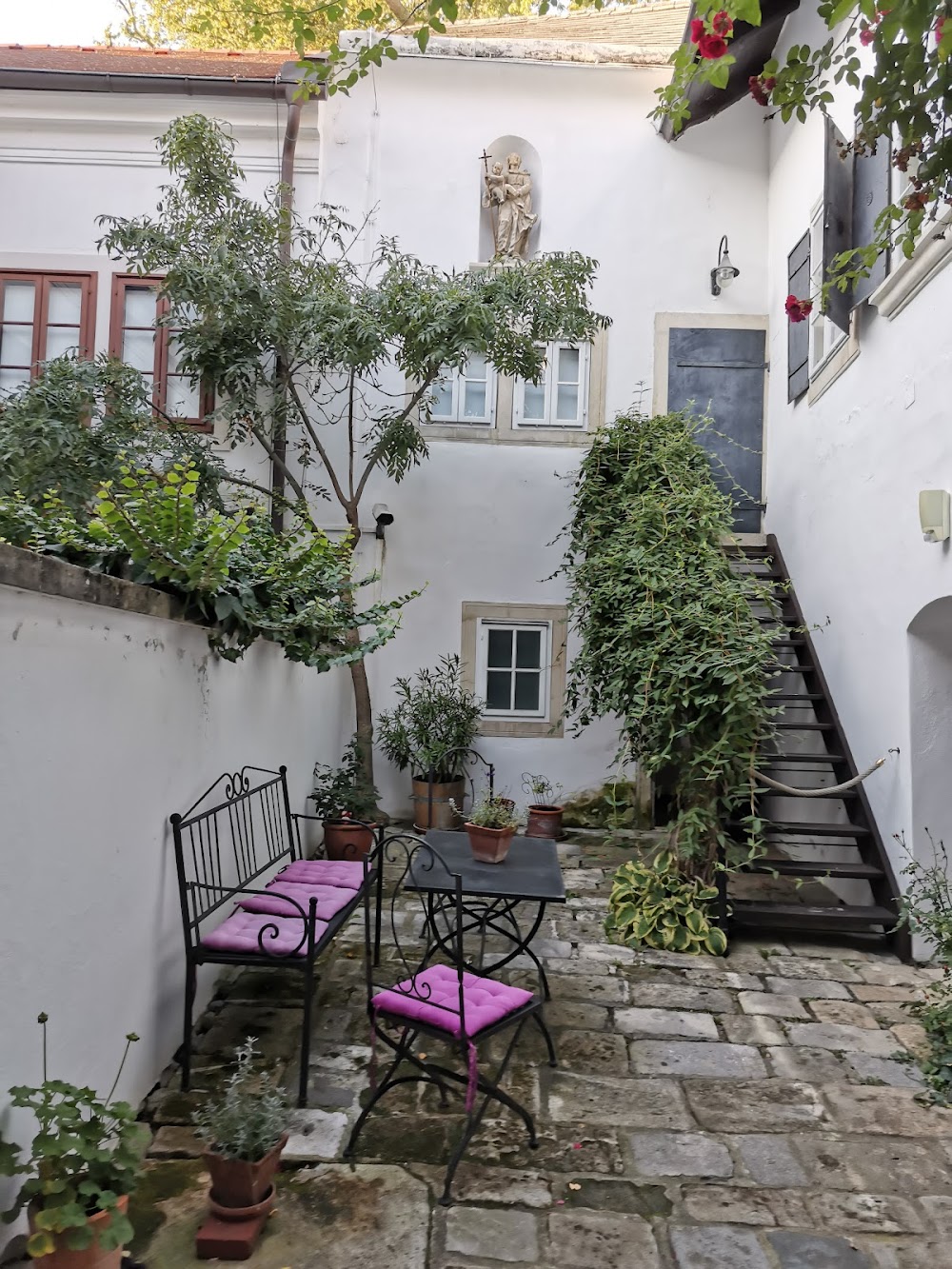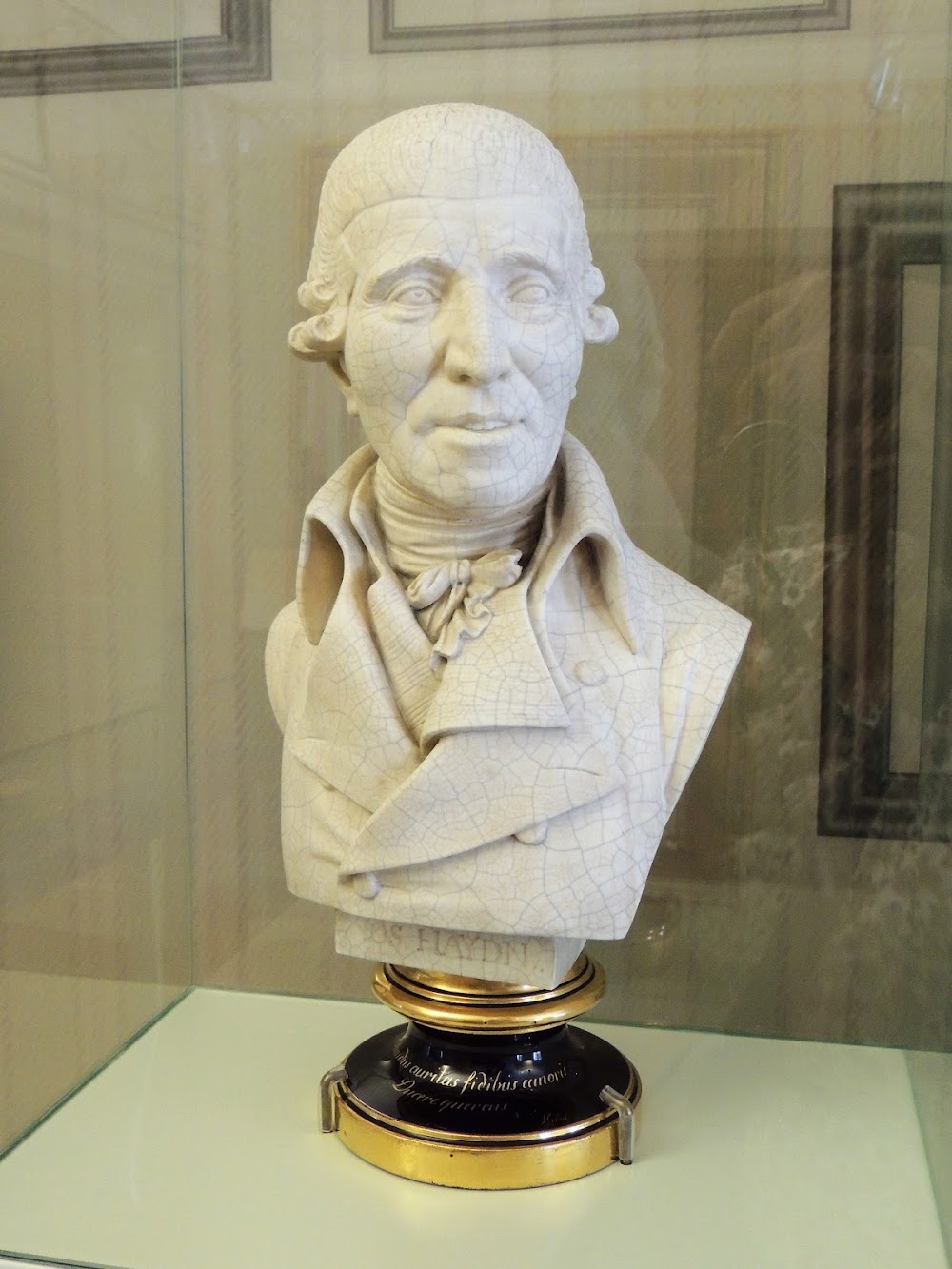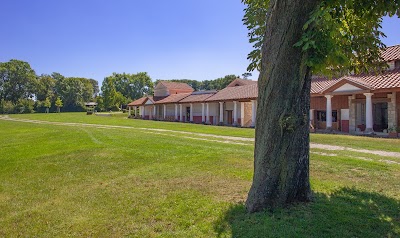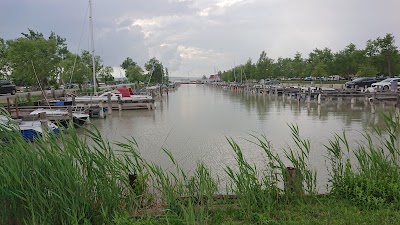Haydn House Eisenstadt (Haydn-Haus Eisenstadt)
Overview
Nestled in the charming town of Eisenstadt in Burgenland, Austria, Haydn-Haus is a historical gem dedicated to the life and works of the celebrated composer Joseph Haydn. More than just a museum, Haydn-Haus serves as a residence that beautifully encapsulates the essence of classical music history.
The house itself was constructed in the late 18th century, originally serving as a modest dwelling for ordinary citizens. It reflects the typical architectural style of the period, characterized by its simple façade and practical design. Its significance soared when it became the home of Joseph Haydn, who resided there from 1766 to 1778 while serving as the court musician for the affluent Esterházy family.
Haydn-Haus is a single-story building that has been meticulously preserved to maintain its historical integrity. The exterior showcases sturdy brickwork and traditional wooden shutters, while the interior is adorned with period-appropriate furnishings and décor. Each room offers a glimpse into Haydn’s life, allowing visitors to appreciate how the composer lived and worked.
Inside, the house is thoughtfully divided into several sections, each dedicated to different facets of Haydn's life and career. The music room, where Haydn composed much of his work, is equipped with replicas of period instruments. Manuscripts displayed in glass cases provide a fascinating insight into the composer’s creative process. Another room serves as a library, filled with books and documents that illuminate Haydn’s environment and influences.
Beyond the artifacts, the museum offers immersive experiences for visitors. Strategically placed headphones allow guests to listen to Haydn’s compositions, creating a rich auditory backdrop to the visual exhibits. Guided tours are available, providing deeper insights through engaging anecdotes and historical context shared by knowledgeable guides.
Outside, a lovely garden enhances the allure of Haydn-Haus. This garden played an important role in Haydn's life, as he often drew inspiration from nature. Meticulously maintained, it features many of the same plant species that Haydn might have encountered during his lifetime.
The transformation of Haydn-Haus into a museum involved significant restoration efforts in the 20th century. Recognizing the importance of preserving this historic site, local and international music historians collaborated to restore the house to its former glory. While modern updates were made to ensure safety, the restoration team took great care to retain the original charm and authenticity of the building.
Funding for the restoration came from various sources, including government grants aimed at preserving cultural heritage and generous donations from music enthusiasts and Haydn admirers worldwide. The dedication of the community to honor one of Austria’s most famous sons drove this labor of love.
Haydn-Haus officially opened its doors to the public in 1959, coinciding with the 150th anniversary of Haydn's death. Since then, it has become a pilgrimage site for classical music lovers from around the globe, standing as a testament to Haydn's genius and a symbol of the timeless power of music.
Over the years, Haydn-Haus has hosted numerous events, including concerts, lectures, and exhibitions, all aimed at keeping Haydn’s legacy alive and relevant. Special programs designed for schools and young visitors make the history accessible and engaging, ensuring that new generations appreciate his contributions to the world of music.
In recent years, the museum has embraced digital technology, offering virtual tours and online exhibits. This initiative ensures that even those unable to physically visit Haydn-Haus can still experience its wonders. The museum's website is regularly updated with fresh content, including interviews with historians and musicians who provide new perspectives on Haydn's work.
In summary, Haydn-Haus is more than just a museum; it is a celebration of Joseph Haydn's life and his lasting impact on the music world. The house serves as a bridge between the past and present, inviting visitors to step back in time and experience the personal and professional life of a man whose music continues to resonate today.


